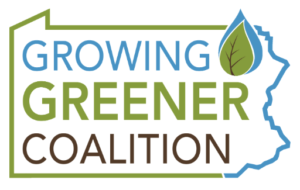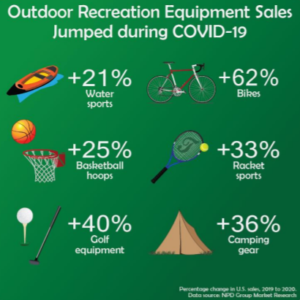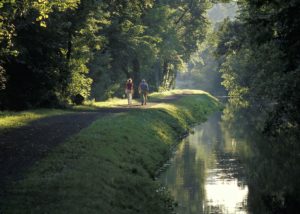“WeConservePA thanks Governor Wolf for calling for a $450 million boost in state conservation investments (a “Growing Greener III”) in his address today,” stated Andy Loza, executive director of WeConservePA. The $450 million Growing Greener III proposal was a major component of the Governor’s plan for using unspent state American Rescue Plan dollars.
With his announcement, Governor Wolf joins PA senators in seeking to invest PA’s American Rescue Plan dollars in water restoration, park rehabilitation, and other environmental conservation needs. Senator Gordner’s SB 525 (Growing Greener III) and Senator Yaw’s SB 832 (Clean Streams Fund) have each received second consideration by the Senate and only need final votes in that chamber.
WeConservePA also recognizes that Representatives Culver and Quinn are sponsoring Growing Greener legislation (HB 2020) and Representative Hershey is leading a Clean Streams Fund (HB 1901) in the House.
Past Growing Greener investments have accomplished tremendous good, supporting projects to restore polluted waterways, protect water supplies, conserve productive farmland and open space important to communities, improve community and state parks and trails, and more. A Growing Greener III is crucial to improving the 25,468 miles of Pennsylvania streams unsafe for drinking, fishing, or swimming; using natural infrastructure to reduce flooding; addressing the tremendous infrastructure needs in our parks and other public lands (which are seeing more public use than ever during the pandemic); and delivering other environmental benefits. A Growing Greener III is also needed to leverage hundreds of millions in federal dollars available to address abandoned mine drainage and other environmental concerns.

 The accompanying chart shows the increase of recreation equipment sales. Some businesses near parks and forests had record sales due to increased visitation.
The accompanying chart shows the increase of recreation equipment sales. Some businesses near parks and forests had record sales due to increased visitation.